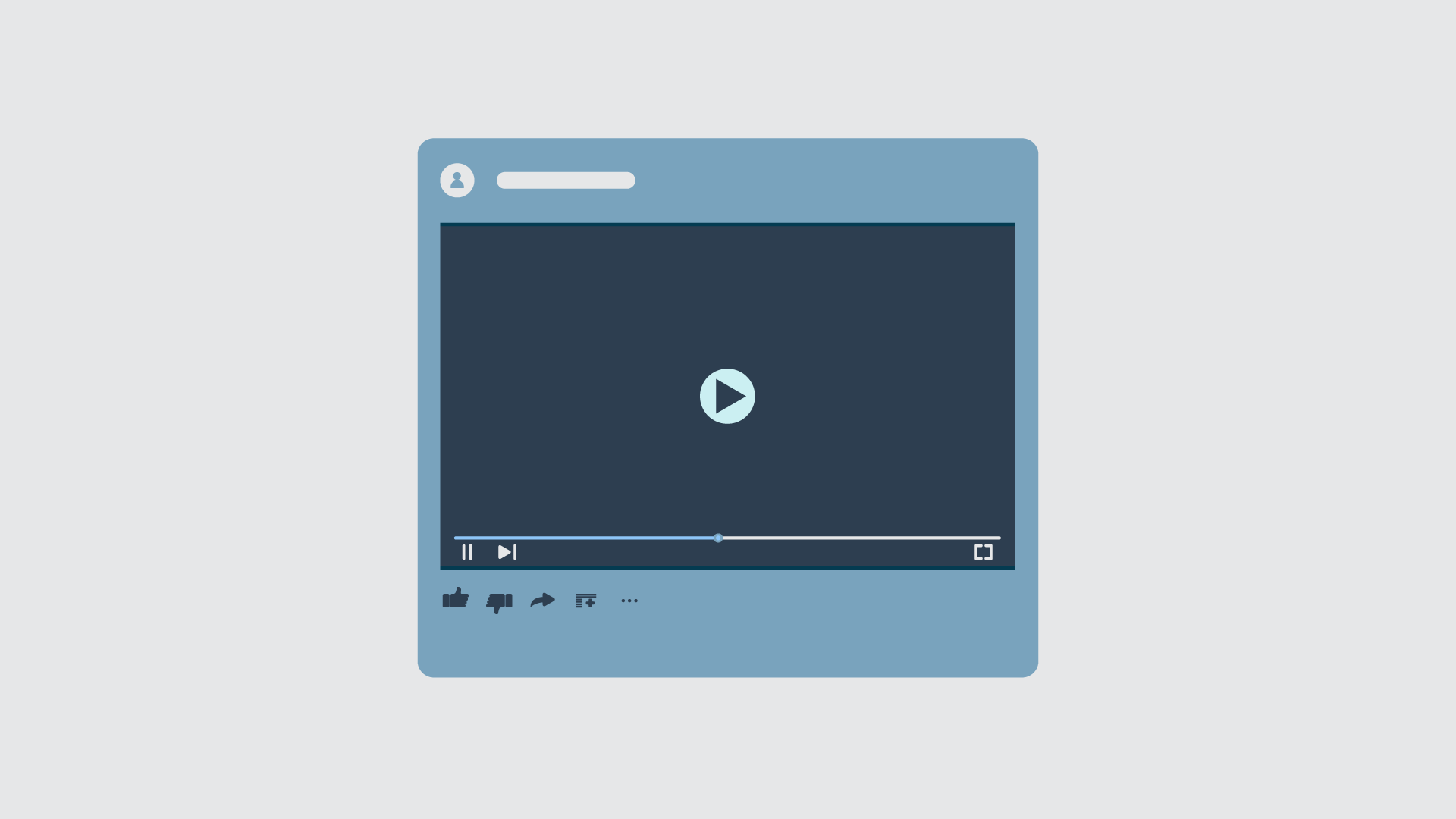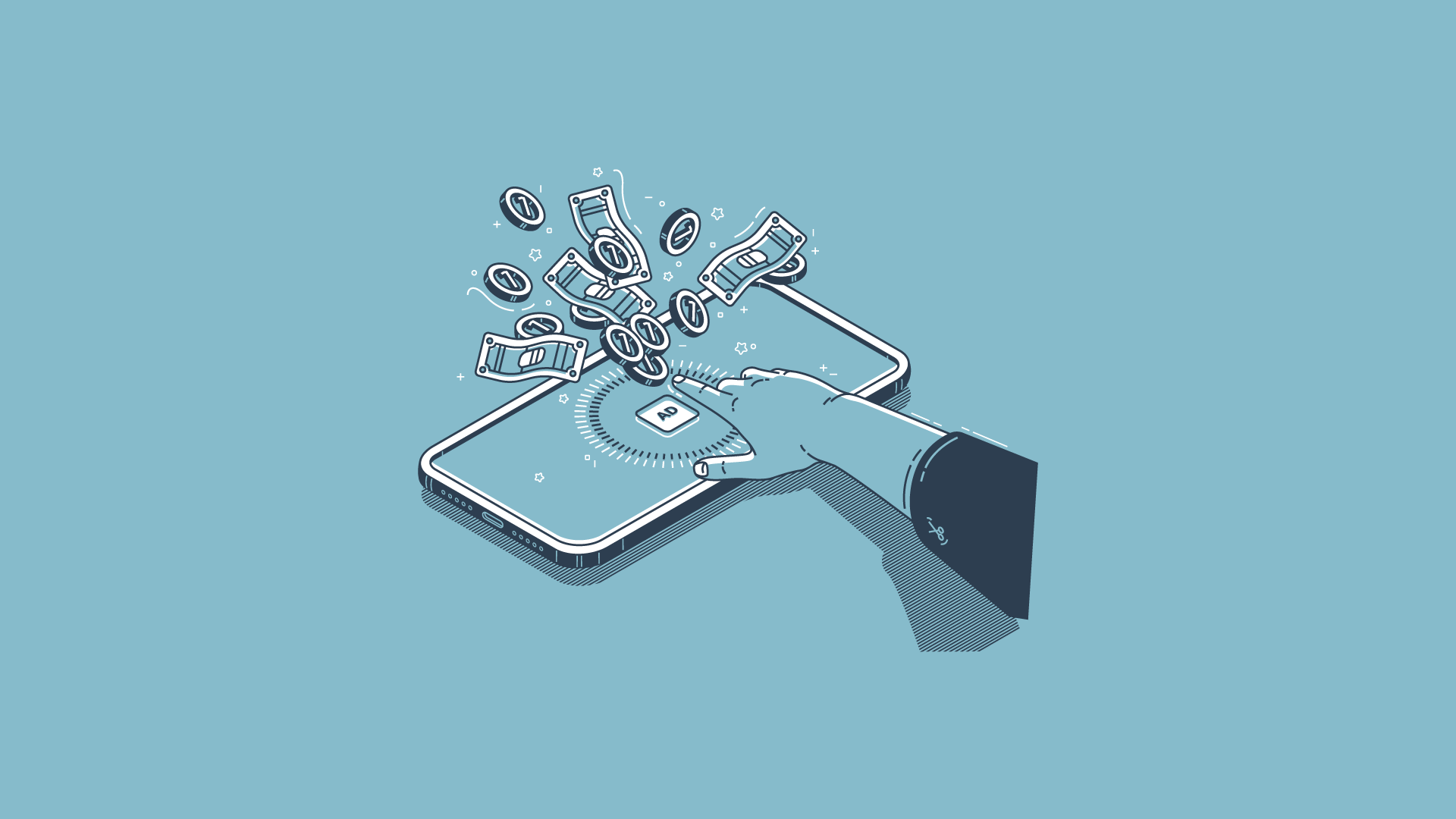Are you struggling to engage your audience through email marketing? With so many different types of emails to choose from, it can be overwhelming to know which ones will resonate with your subscribers. But fear not, because we're here to help!
Email marketing has become an essential tool for businesses to connect with their audience and drive conversions. However, not all types of emails are created equal. Some are more effective than others in capturing the attention and interest of your subscribers.
If you want to take your email marketing to the next level and truly engage your audience, it's crucial to understand the different types of emails that can make a difference. By strategically choosing the right types of emails to send, you can optimize your chances of building a loyal and responsive customer base.
In this article, we will explore the various types of email marketing that can help you effectively engage your audience and achieve your business goals.
|
Email Marketing Email marketing is a targeted digital marketing strategy that involves sending commercial messages to a group of individuals via email to promote products, or services, or engage with an audience. |
What is Email Marketing?
Emailing is just another form of communication. You can use it to communicate with people who might be interested in your products or services. However, unlike other forms of communication, you have direct access to a subscriber's inbox.
But before you start sending out email blasts, you need to create content on your website that attracts visitors who are interested in your niche. Then, you need to provide ways for them to sign up so they can stay engaged.
Once you've created your email list, you can segment it so that you deliver a personalized experience to each contact.
10 Types of Email Marketing to Engage Your Audience
1. Welcome emails
First impressions count! Your welcome email is one of the most important things you send out to your new subscriber base. It’s the first thing they see when they open your email.
You need to present your business positively, and your welcome emails must be memorable and worth reading for potential clients.
Welcome emails let you communicate your brand identity and help new visitors get to know your company better.
Your customers want to know they're important to your company. You can use welcome emails to let them know you value them.
One way to value your subscribers would be to send them an email offering them a discount, free trial, or something similar. You could also thank them for subscribing to your newsletter by showing them that you appreciate their interest in your content.
A welcome email is the best kind of email to send because it generates four times more opens and five times more click-throughs than any other email. Adding an incentive makes the deal sweeter and encourages people to convert.
Welcome emails are an important part of any effective marketing strategy. They help you reach out to potential customers and get them excited about the products and services you offer.
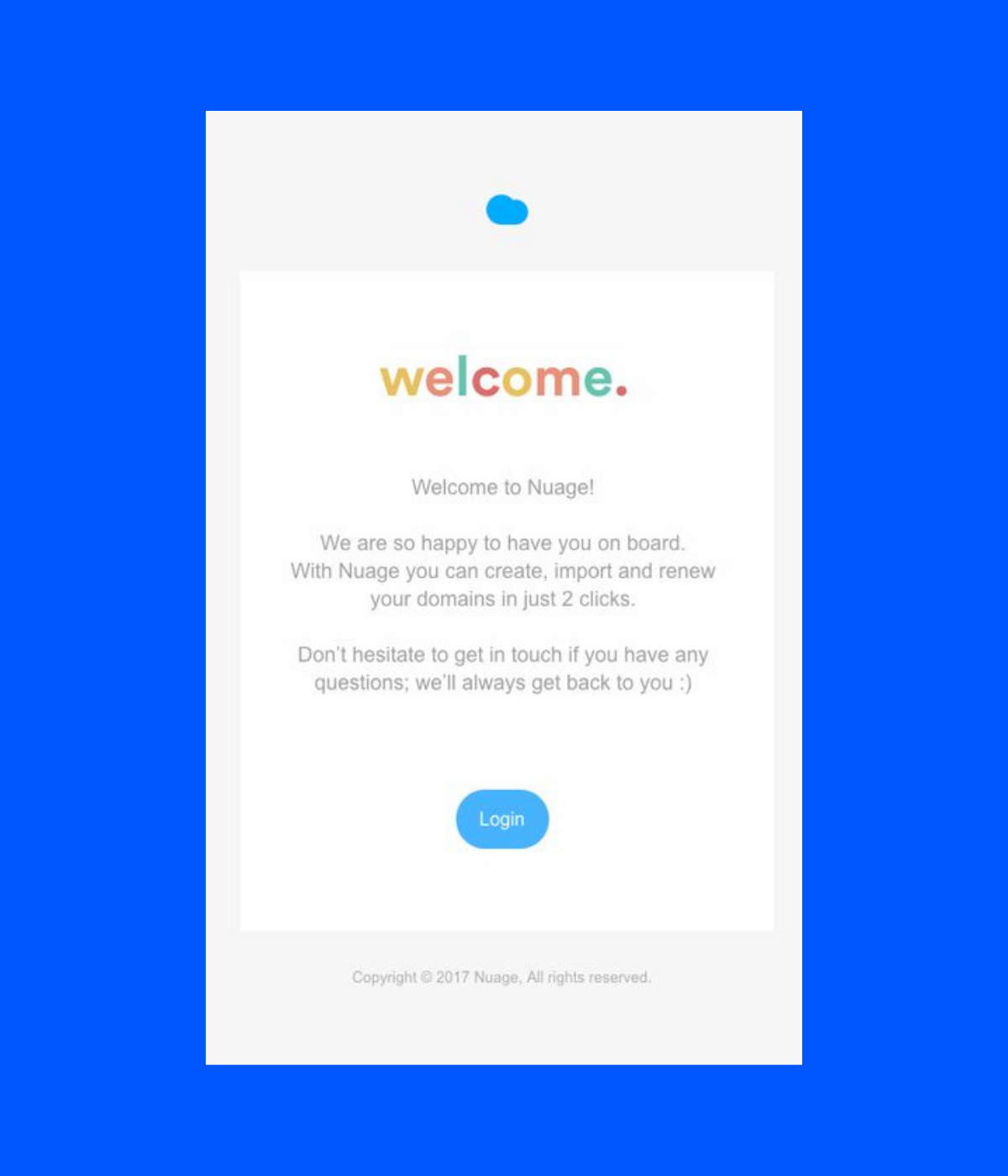
2. Educational emails
Emails that educate your readers about your company are a good way to promote your brand. They're a great kind of email to use to provide your readers with basic info about your business.
Subscribers who aren't familiar with your company may benefit from receiving educational emails. These emails provide opportunities for you to promote your brand and your business.
These emails will let your readers know about your business, its products, and how they will benefit from using your products. They will be able to understand your brand story better and see how your products will help people.
Educational emails are a great way to build trust between you and your reader. They allow you to share information about your business without sounding like you're trying to sell them on anything.
Educational emails are useful for providing your readers with information about your business and its products. They allow you to explain what your business does and why it's beneficial to your readers.
By providing your audience with more information, they're more likely to feel more knowledgeable and confident when buying from you.
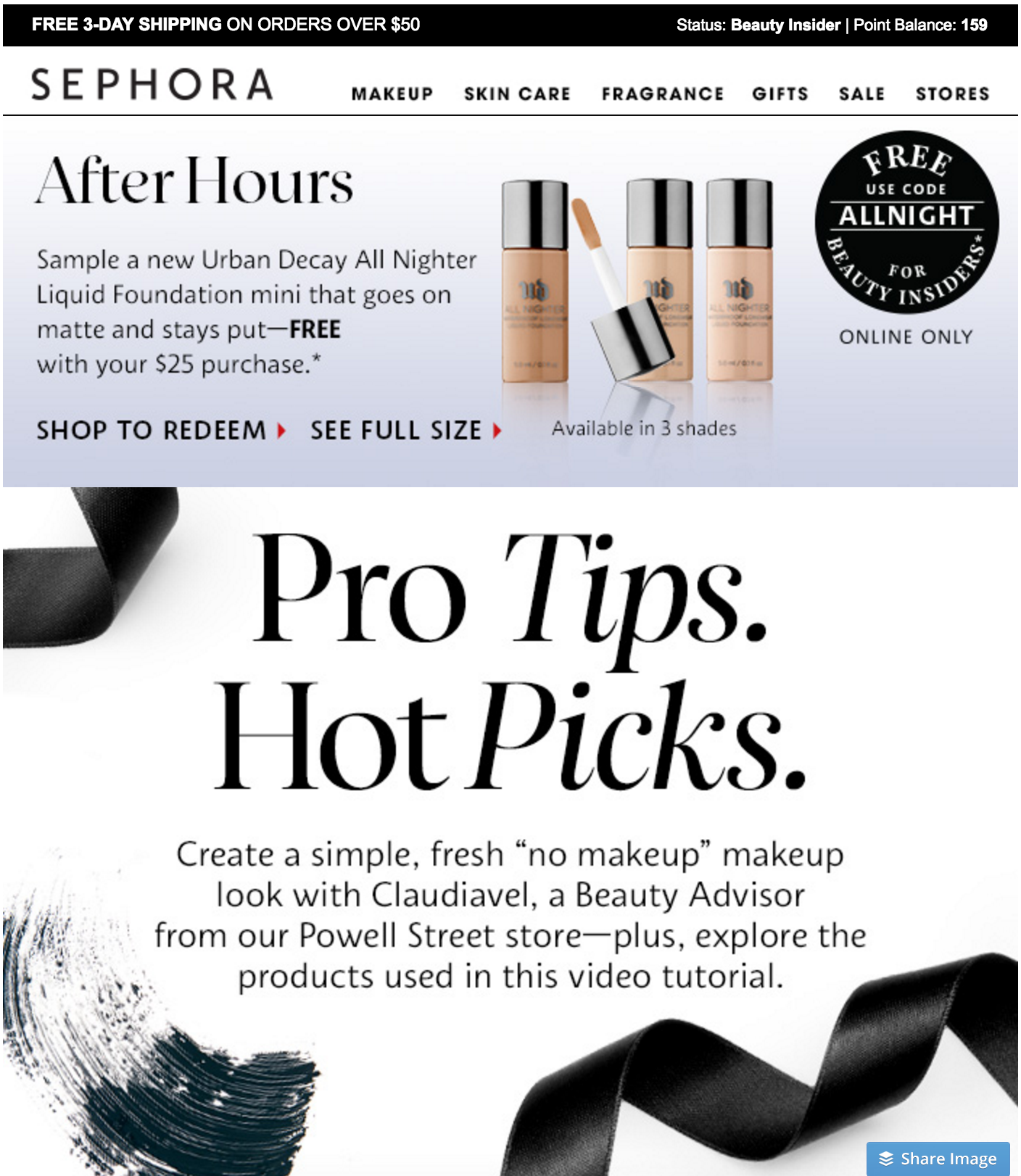
3. Specials or Promotional emails
Promotional emails are one of the best ways to reach out to people and encourage them to take action. They're usually sent at times when people are already looking for deals.
These email messages are a great chance for you to interact with your subscribers and get them interested in what you're offering. They can be sent special perks that only they receive because they're a member. This gives your audience the feeling that they're valued members of your community.
Promotional email campaigns also entice people to stay engaged with your brand by sending out special deals and discounts. If you can offer these perks only via email, then your subscribers might be motivated to share the news with their friends so they too can enjoy the benefits.
These emails are also good for converting people into buyers. Promotional offers entice your subscribers to buy from you.
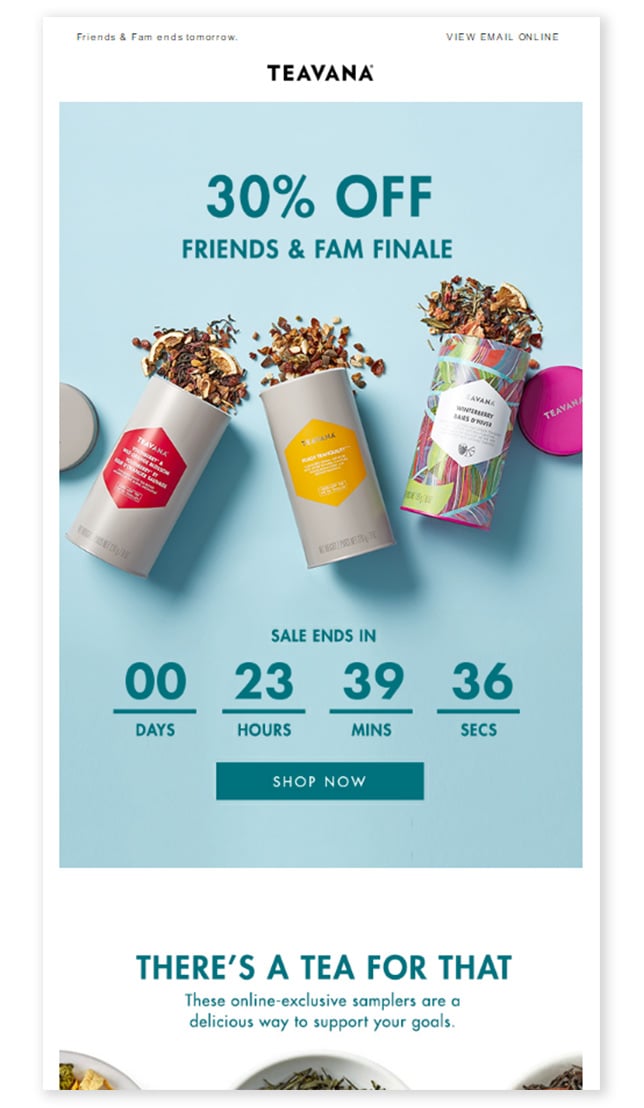
4. Re-engagement emails
Each subscriber behaves differently. Some will be engaged with your business regularly, while others may become less interested or even stop engaging altogether. You need to use re-engagement messages to bring your business back into focus for each subscriber.
Email re-engagement helps you market your business to your inactive customers who haven't engaged with your messages for some time. It allows you to get them interested in buying from you again and improves your email marketing engagement rates
These emails focus on your subscribers' experiences. You want to communicate with them and see if there are any ways you can improve their user journey. This is an opportunity for you to reconnect with your subscribers and give them something they need.
With re-engagement campaigns, you can talk to your subscribers and figure out what they want from your company. You can then use that knowledge to create an effective email marketing strategy that leads to more sales for your business.
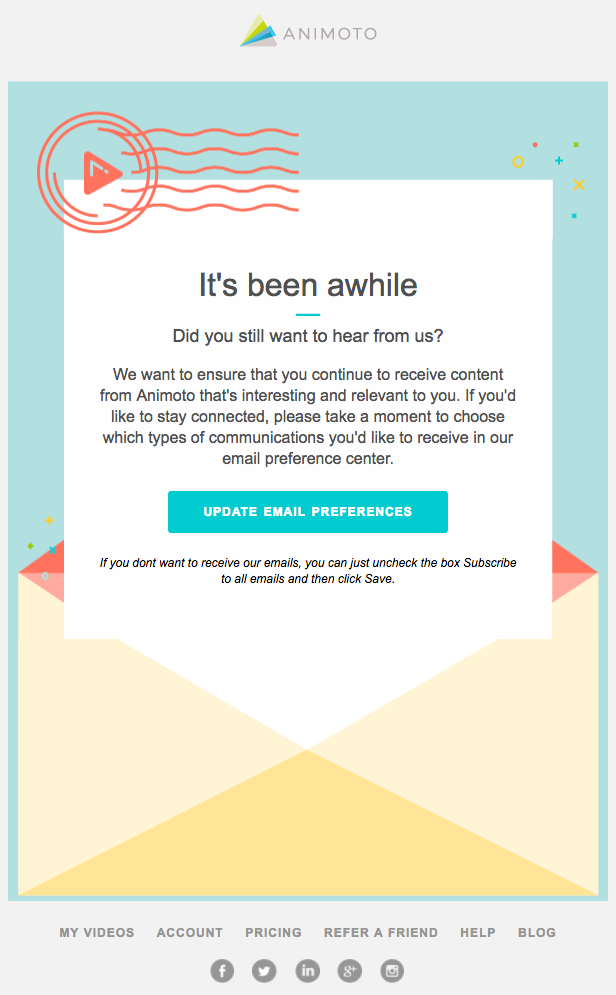
5. Cart abandonment emails
This kind of email marketing is important for increasing sales. Many visitors will come to your site, add items to their shopping carts, and then decide not to buy. However, you may think these visits are lost sales, but they can be turned into new sales by using email marketing.
People often put items into their cart but then don't buy them because they're unsure whether they need them. If you let your subscribers decide for themselves whether or not to buy something, they're more likely to forget about it and never buy it. You can use cart abandonment emails to remind them of the product they've left behind.
These emails let people know that they left something behind in their shopping carts. They often ask if someone is still thinking about buying, or they tell them that [product name] is still available. People who receive these emails usually click through to check out.
Many email subscribers may read these messages and then buy something from you. So, you'd better encourage your audience with these messages so they keep coming back for more.
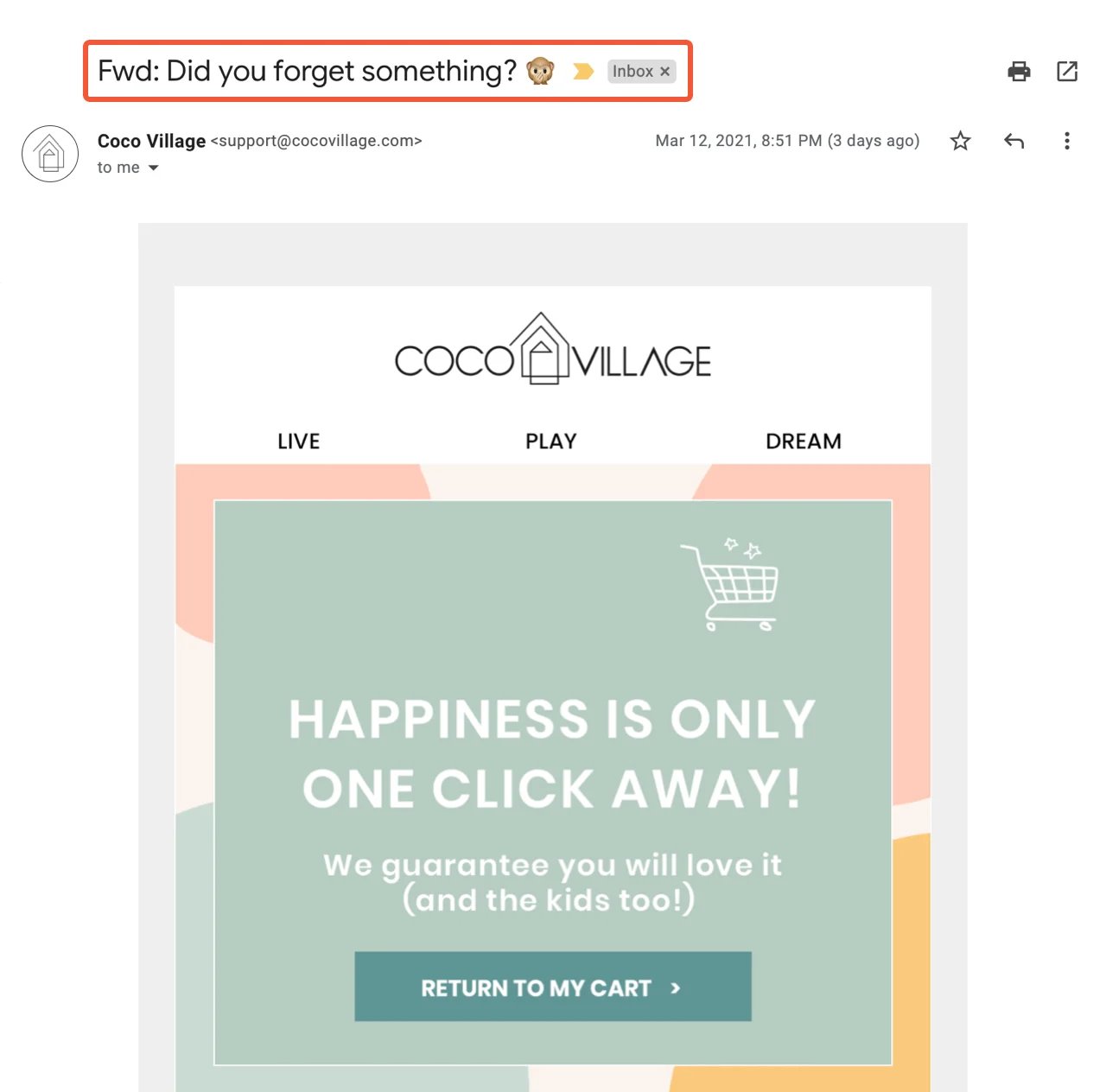
6. Time-sensitive emails
Time-sensitive email marketing campaigns are an effective strategy for driving sales and increasing conversions. They create a sense of urgency among your subscriber base by offering a limited-time offer.
These email campaigns are a great way to promote certain products. You can choose products that you already sell, and time-sensitive messages help you compel people to buy now before they run out of time.
If sales occur only during a specific period of the year, people are more likely to purchase items they enjoy because they're not interested in missing out on the deals.
These email campaigns are a great way to increase engagement and conversions for your company.
7. Lead Nurturing Emails
As an inbound marketing tactic, lead nurturing is all about understanding your leads' timing and their needs. This is where you'll find out what stage they're in the buying process and what information they want to receive next. You'll know how to best communicate with them based on their interests and preferences.
In addition to creating a personalized experience, lead nurturing helps you build trust and credibility with potential customers. Your emails become part of a cohesive sequence of messages that help nurture relationships over time.
The key to success here lies in defining your buyer persona. A well-defined buyer persona allows you to understand your prospects better and deliver relevant content to them.
You can use lead nurturing to send promotional emails. These emails contain a clear call to action, such as subscribing to a newsletter or downloading a white paper. They also include a link to a landing page or offer.
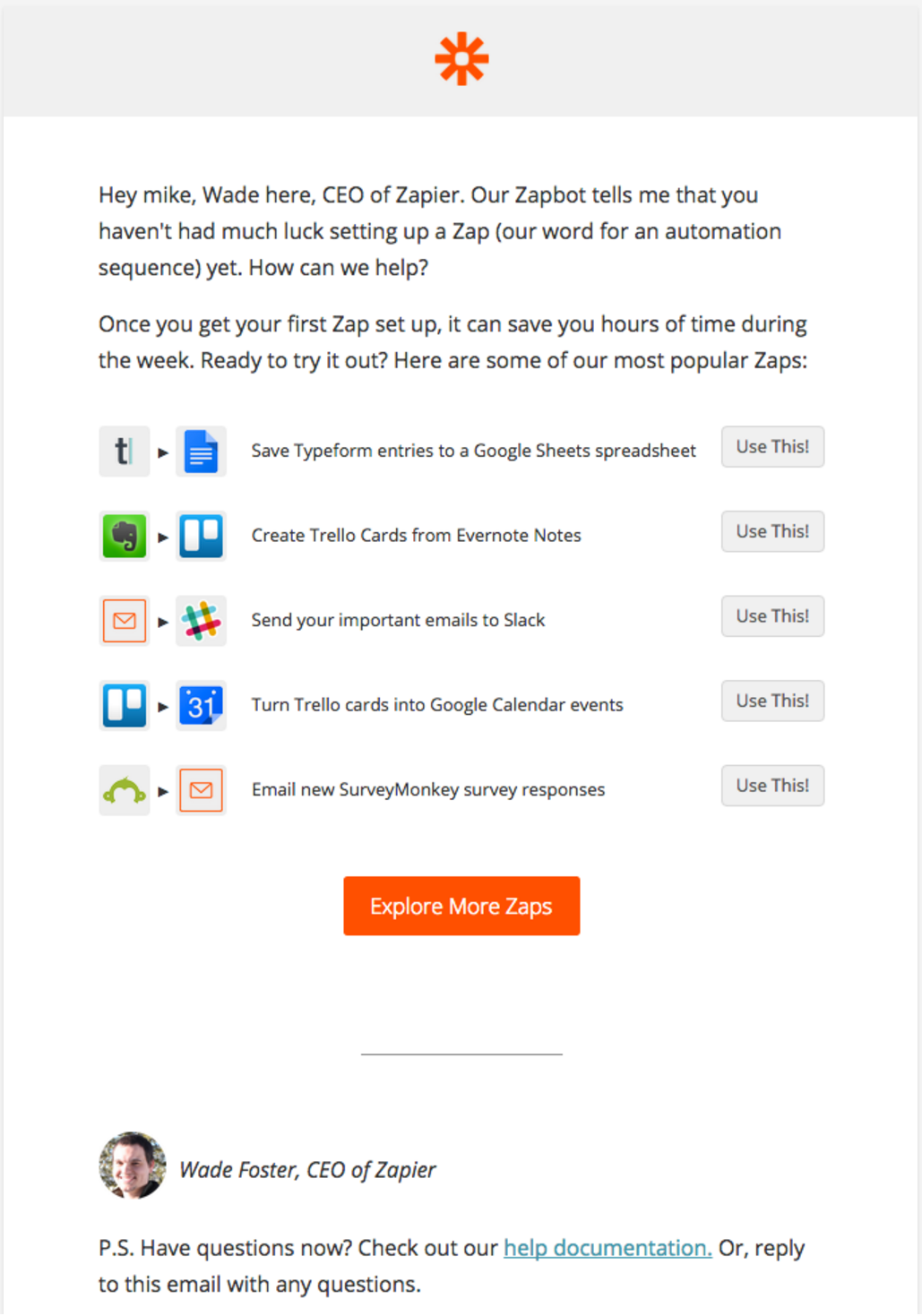
8. Confirmation emails
You need to send out confirmation emails to people who purchased from you so they know they've been added to your mailing list. Whether they're buying something online or making a booking, they expect to be sent a confirmation.
You should always confirm email addresses for purchases. They receive the information they require, and you can advertise your brand. It's yet another chance to get your audience talking about your brand.
These email messages help you improve your brand’s reputation by making people feel more comfortable with your company.
This is an excellent way to reengage your existing customers. They will always refer to this message for their purchases, meaning they will continue to engage with your brand.
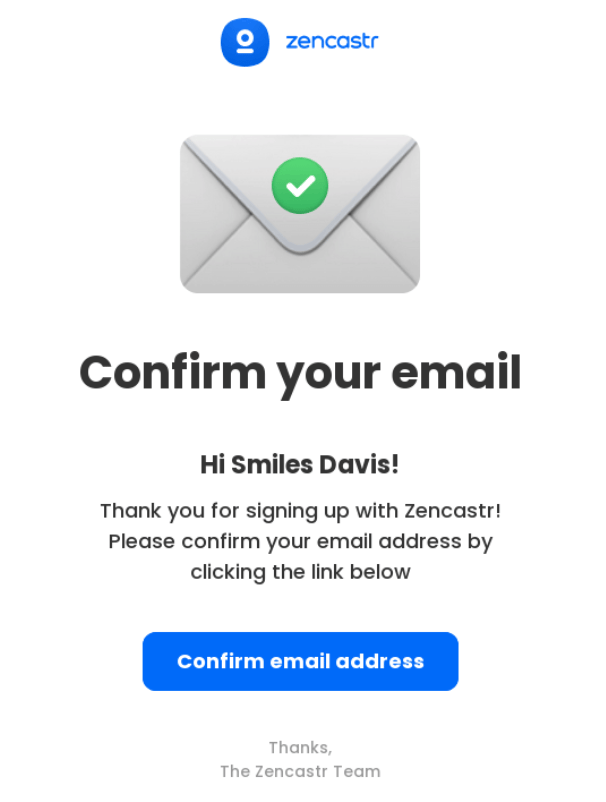
9. Review emails
Reviews are important for every company. They help potential customers determine whether they want to purchase from you. When people who subscribe to your emails buy something from you, it's an excellent opportunity to ask them to write reviews.
If you want to get feedback from your subscribers, you can send them an email asking for their opinion. Don't ask people to write a positive review for you. You want to ensure that honest reviews are given for your products so that they're known to be genuine.
It’s a great way to engage people and encourage them to consider your products more. They can think about the experience they had using your products and share that experience with other people. It's an opportunity for your business to gain more conversions later on.
If you send out reviews, you'll be able to engage your audience with your brand. You'll be able to get honest feedback from them, which can encourage more purchases.
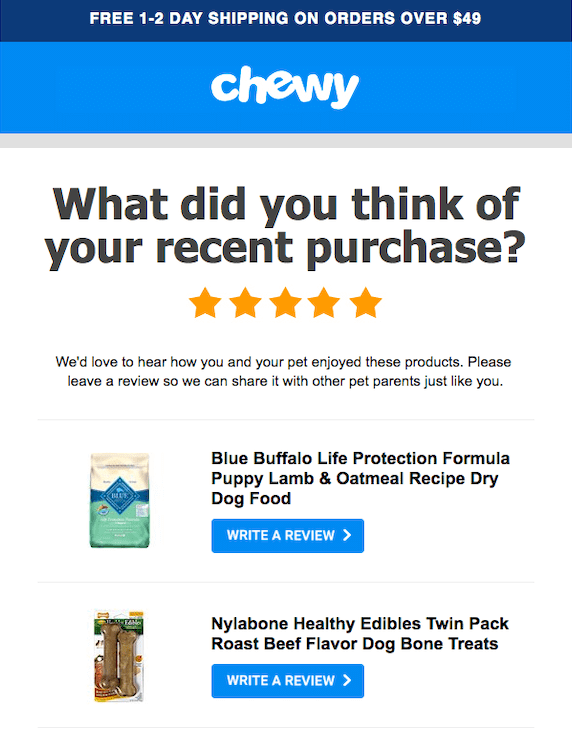
10. Announcement emails
When you introduce a new product or service, release a new feature in your existing product or promote a new event, send an email to your subscribers to let them know and be a part of your brand. The goal of an announcement email is to provoke interest in something new offered by your company.
It's a simple yet effective email that takes little time to set up and helps conjure up the excitement of your readers. To create an effective email, clearly state the announcement in the subject line and provide a brief description of your company's new product or services or provide information about an upcoming event.
The best part about announcement emails is that they can be used as a lead generator. If you have a new product or service, you can create an announcement email that encourages people to visit your website or call your customer support team.
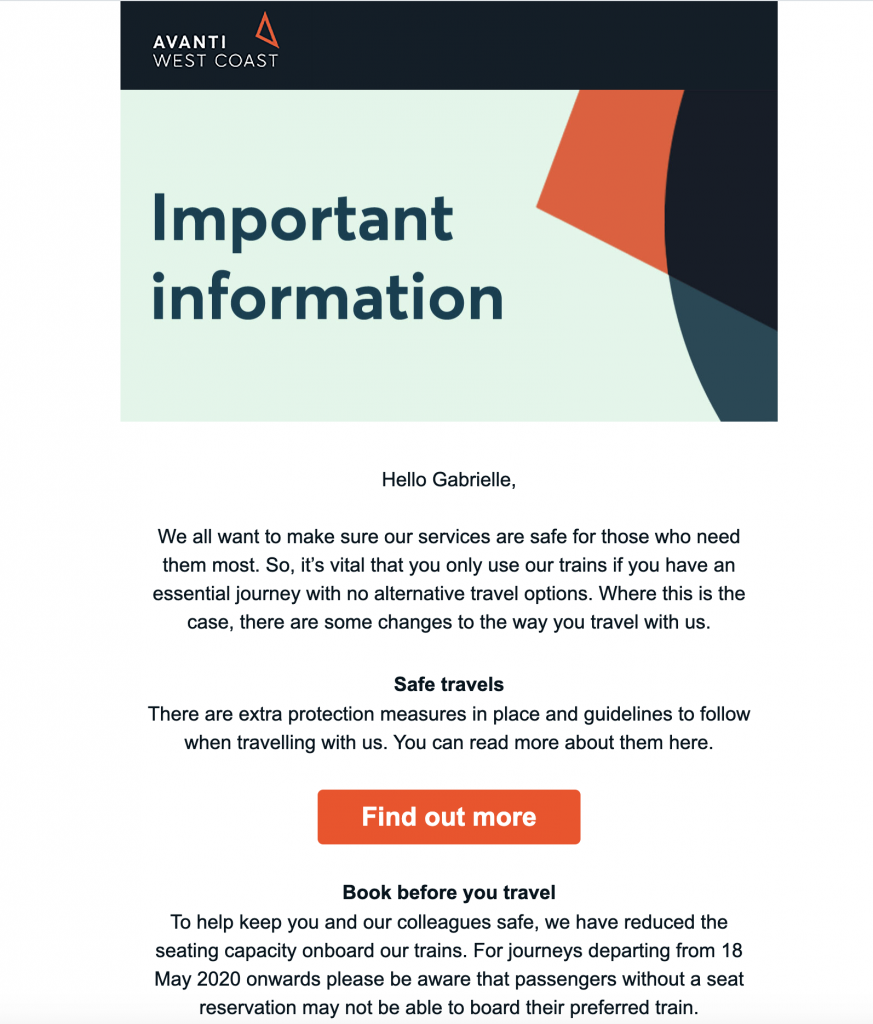
11. Co-marketing Email
When two or more complementary companies team up for some mutually beneficial task or project, they're called co-marketers. Co-marketing is an effective way to leverage the audiences of other companies to expand your reach.
A good way to think about it is like having two friends go out for drinks. You might want to join them, but you don't know what they're doing, so you ask them to tell you about it. They agree because they enjoy talking to you. In the same way, when companies partner up, they are able to talk to each other's audiences. But there's a catch: Both parties must give permission.
It may be a strategic announcement, but sometimes it's just a joint webinar. Here's an illustration of how co-marketing emails works, and why they're useful: Suppose you and another company want to do a joint webinar on a certain topic. As a result, the webinar will likely be promoted to both of your company's email lists. Partnerships that involve sharing lists are an important benefit of co-marketing.
If you're going to send out an e-mail promoting your product or service, be sure to mention that this is a partnership with company X. Especially if company X is highly regarded by people who care about their brand. You can use the same template for both companies by adjusting the logo so that it includes the other business' logo too. Also, be sure to mention both businesses, and create an attractive graphic or picture to illustrate the offer or event.
(Example: Pocket and Hired)
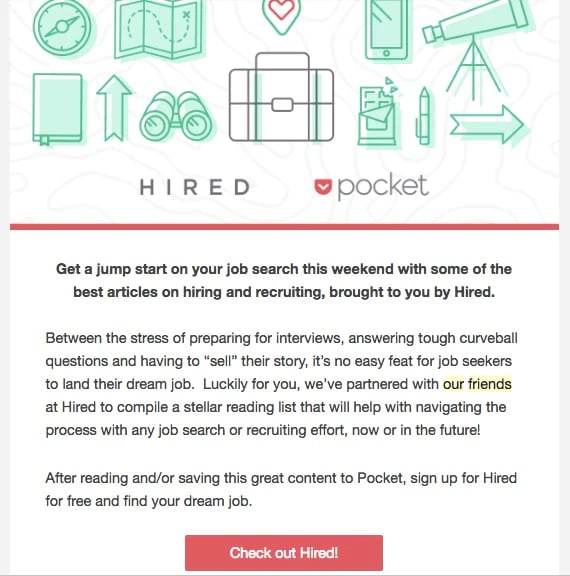
12. Sponsorship Emails
Sponsorships are one-way marketers use to extend their brand into someone else's list. You pay to include your ad in someone else's newsletter or dedicated send, and it is up to you whether you want to promote your product or service.
A sponsorship email campaign is one part of a broader marketing paid media strategy, which includes pay-per-click (PPC) social ads, mobile ads, affiliate marketing, etc.
If you're looking to target a specific group of people, such as those interested in a particular topic, you can do so by creating a custom audience. For example, if you sell software products, you could create an audience based on people searching for "software." This type of targeting allows you to show your ads to people who are already interested in what you offer.
You can also use sponsored posts to reach people outside of your current customer base. These posts are similar to regular blog posts, except that you write about something related to your industry, post it to your social media accounts, and then link to it in the body of the email.
The goal here is to attract new customers since most people don't read blogs anymore. But you still want to make sure that the people reading your email aren't annoyed by the advertisement. So you'll probably want to keep your ads short and sweet.
13. Internal Updates
Don't neglect a very important group of people for your company: your team. Many companies, especially if large, choose to send internal announcements or newsletters to their employees. These messages usually come out once per week, sometimes twice per month, and often include news about upcoming promotions, sales, events, and more.
With these emails, it's much less about the aesthetics and more about the clarity of the information being shared. If you want your email to be effective, make sure it's easy to read and understand. This includes making sure that the text isn't too long, that there are no spelling errors, and that the font size is appropriate.
Once you've formatted your email properly, it's just a matter of highlighting the key points associated with each announcement or update. For example, if you're sharing a promotion, highlight the date and time of the event, what the discount is, how many tickets remain, and where the event is taking place.
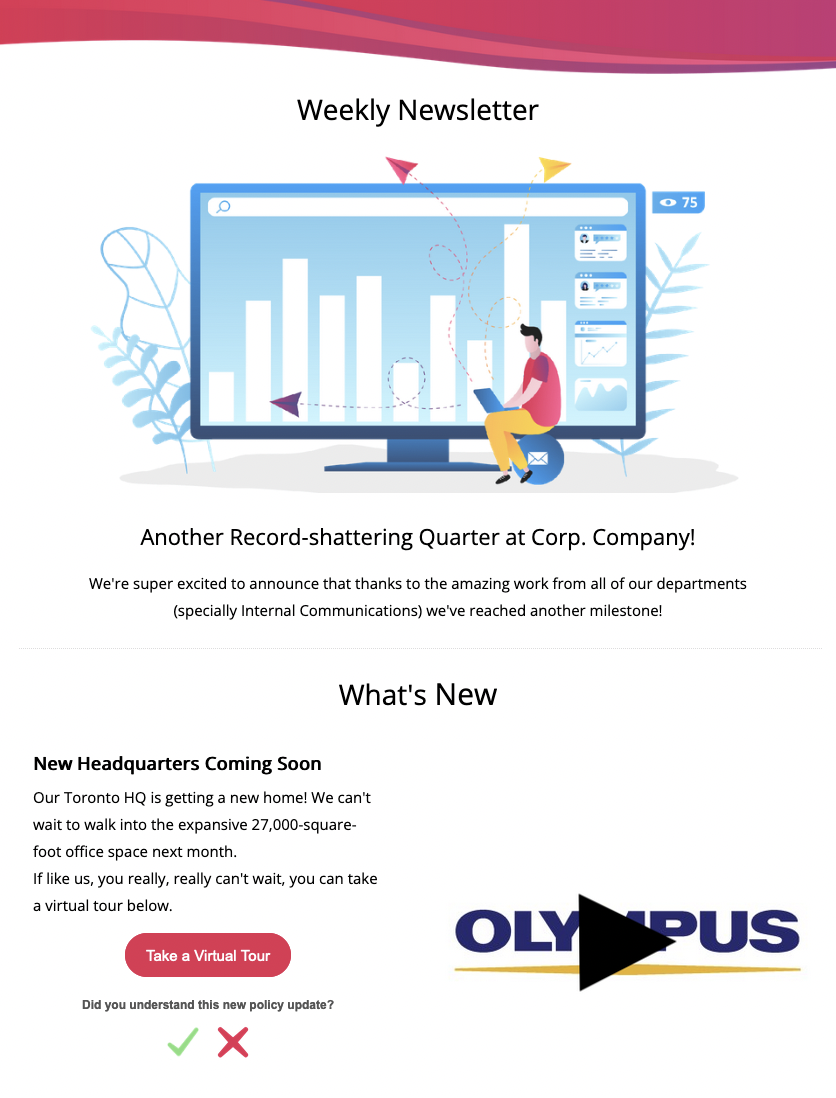
14. Video Emails
Video emails are a great way to share your brand story and expertise. People love watching videos, and it’s proven that people retain information better when presented visually rather than verbally. In fact, 95% of a video is retained versus only 10%.
Wistia performed A/B tests on their email marketing campaigns and discovered a 21.52% increase in clicks from image to video thumbnails.
With that being said, you don’t want to make your audience watch a 30-minute video just to see one picture or read some text. So how do you incorporate video into your email marketing campaign?
Here are a few tips to help you out:
1. Include a short preview clip of your video on your landing page. This gives potential customers a taste of what they’re about to experience.
2. Use a thumbnail image for your email subject line. This makes it easy for recipients to open your email without having to scroll down.
3. Send the link to your video directly within the body of your email.
4. Add a call to action button that encourages recipients to subscribe to your newsletter.
5. If possible, include a screen capture of your video to give recipients a visual representation of what they’ll receive.
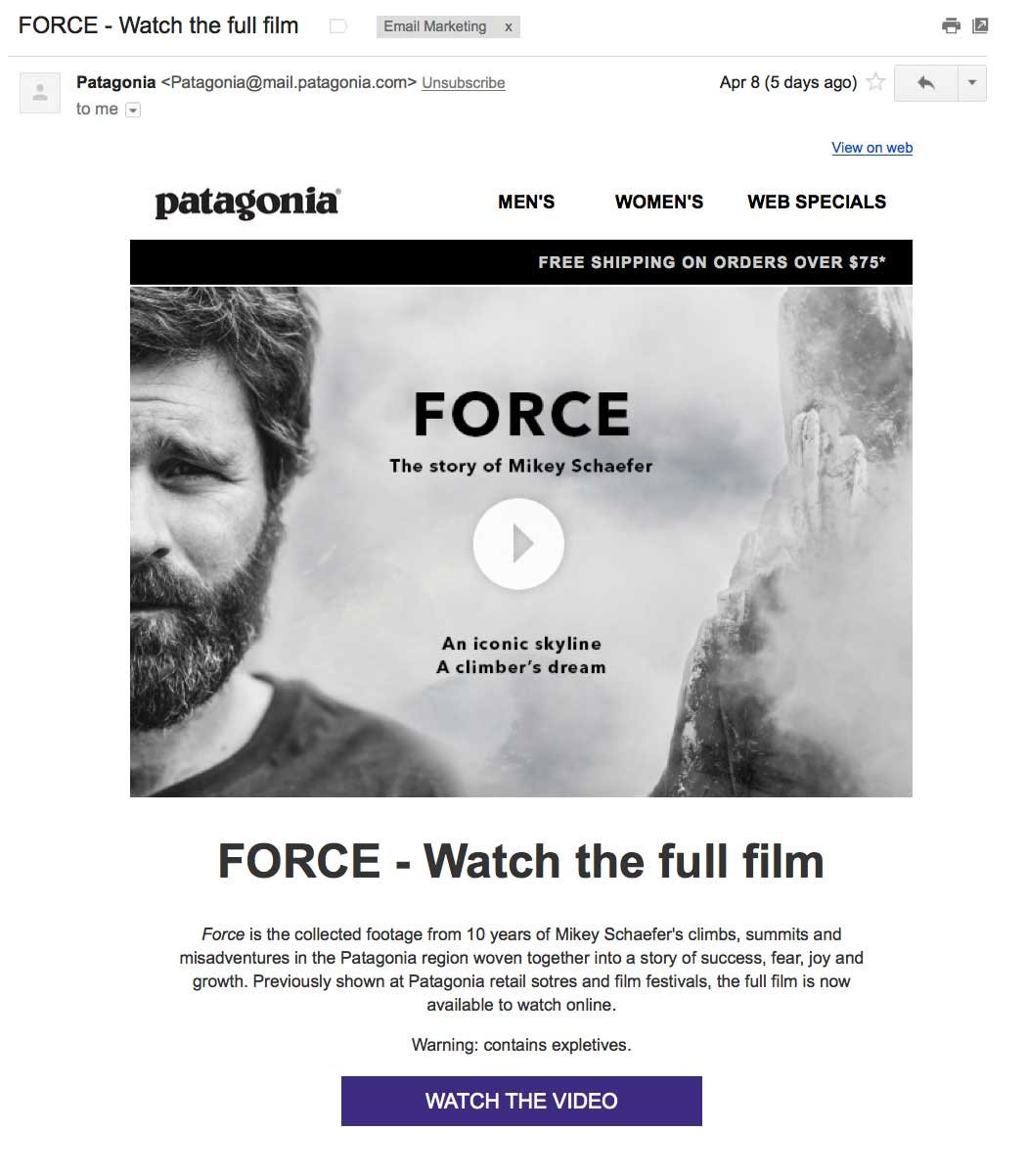
Start Engaging with Email Marketing
Email marketing is a great way for your business to interact with your leads. If you want to earn more conversions for your business, you need to invest in email marketing to nurture these leads.
Email marketing is one of the most effective ways to communicate with customers and prospects. A lot of people don't realize it, but there are many different types of emails that marketers send to potential clients. Some of those emails include welcome emails and onboarding emails.
These emails are used to make sure that new leads are properly welcomed into your organization and given the information they need to succeed. There are also recruiting emails, which are sent to attract new hires. And finally, there are retention emails, which are used to keep existing customers engaged.
At Fine Media, we understand that sending an email campaign isn't always enough to convert leads into sales. We use a combination of Inbound marketing strategies to ensure that every lead receives the attention they deserve. Our goal is to increase your conversion rates while helping you grow your business for the long hall.

